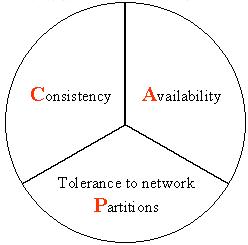
The main result of this paper is a proof that a nearly flat, acutely triangulated convex cap C in R^3 has an edge-unfolding to a non-overlapping polygon in the plane. A convex cap is the intersection of the surface of a convex polyhedron and a halfspace. "Nearly flat" means that every outer face normal forms a sufficiently small angle phi < Phi with the z-axis orthogonal to the halfspace bounding plane. The size of Phi depends on the acuteness gap alpha: if every triangle angle is at most pi/2-alpha, then Phi ~= 0.36 sqrt(alpha) suffices; e.g., for alpha ~= 3deg, Phi = 5deg. Even if C is closed to a polyhedron by adding the convex polygonal base under C, this polyhedron can be edge-unfolded without overlap. The proof employs the recent concepts of angle-monotone and radially monotone curves. The proof is constructive, leading to a polynomial-time algorithm for finding the edge-cuts, at worst O(n^2); a version has been implemented.
翻译:本文的主要结果证明, R} 3 中的一条近平面、 急性三角三角锥C 峰C 具有与平面上一个非重叠多边形的边缘反翻作用。 锥形顶部是锥形多元面和半空表面的交叉点。 “ 近平面” 意指每个外表的正常面形成一个足够小的角菲 < Phi 与 z- 轴或色向半空捆绑平面。 Phi 的大小取决于尖锐度差阿尔法: 如果每个三角角都位于最大 pi/2- alpha, 那么 Phi ⁇ ⁇ ⁇ ⁇ ⁇ qrt (alpha) 足够; 例如, 对于 阿尔法 ⁇ ⁇ 3deg, Phi = 5deg。 即使 C 通过在 C 下添加锥形多边形基, 该多边形可不重叠地形成边缘宽度。 证据采用了最近的角度摩酮和 单曲曲线的概念 。 最差的证据是具有建设性性的, 在 O- 边缘 找到一个 模版 。


